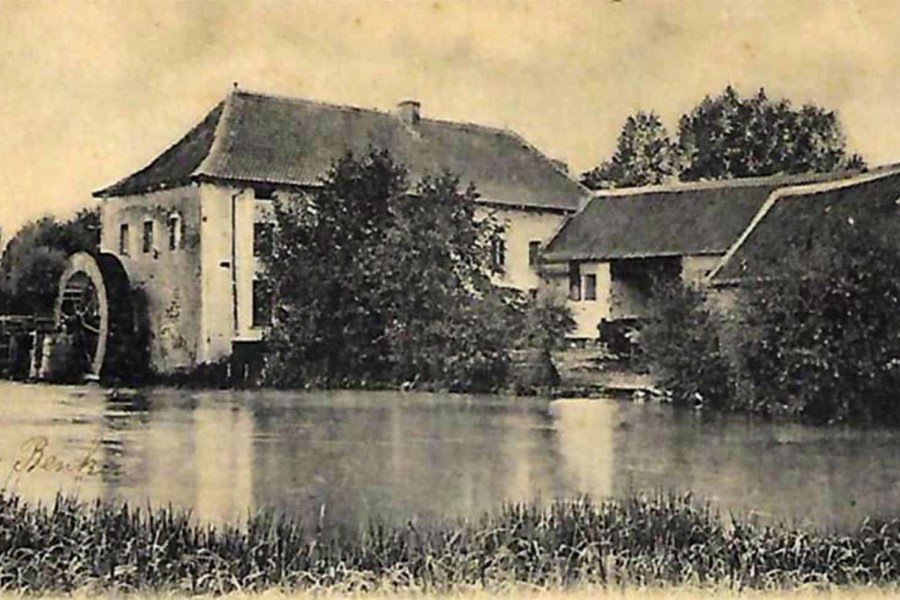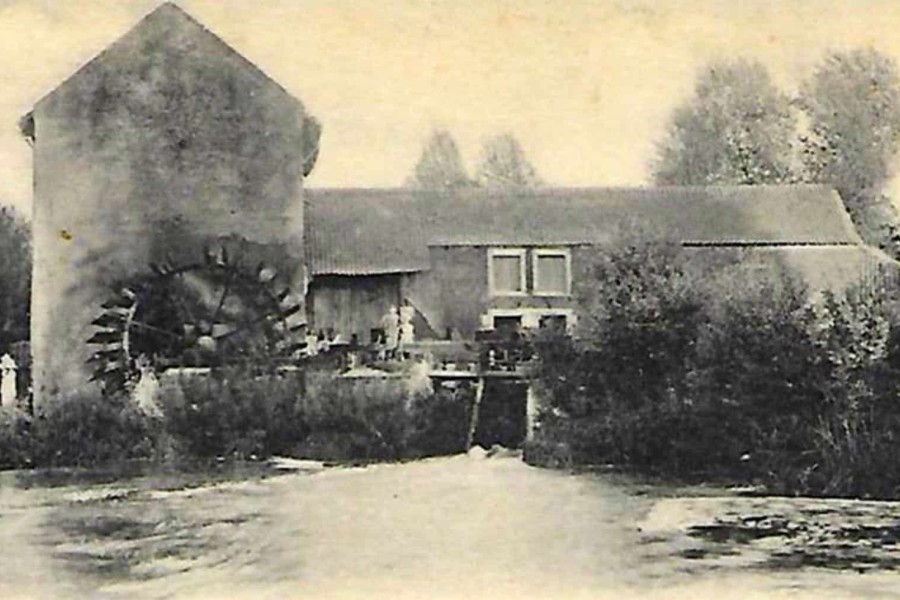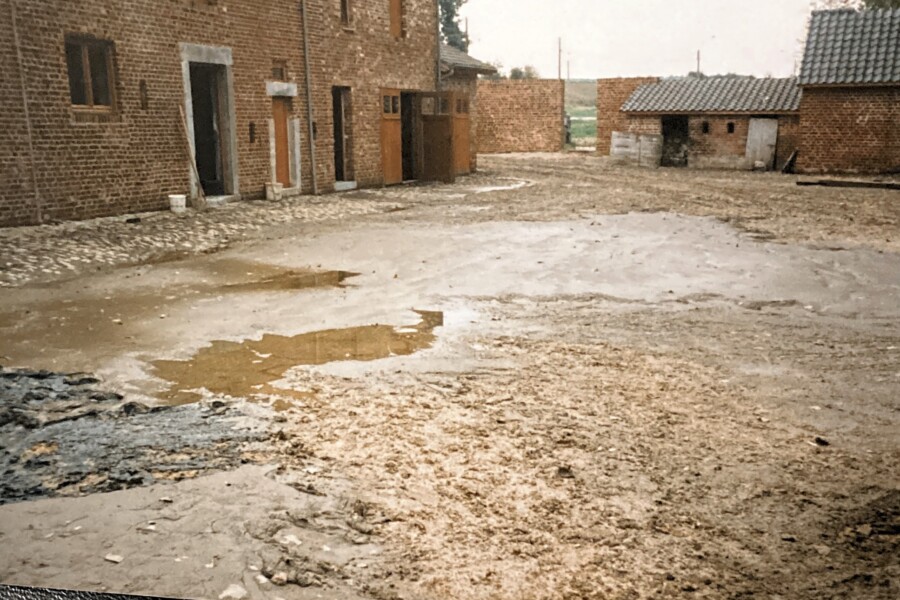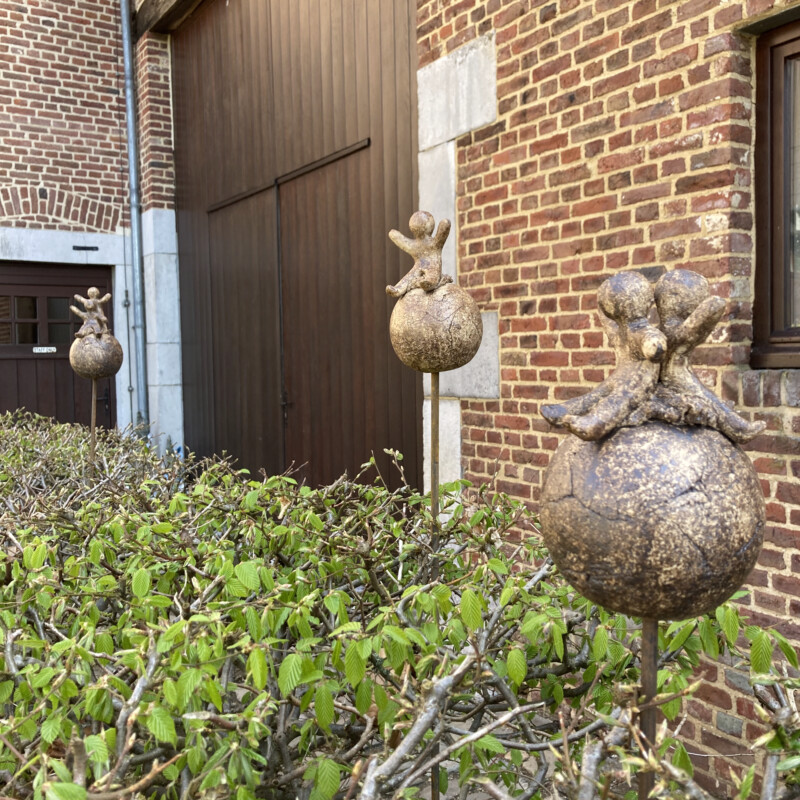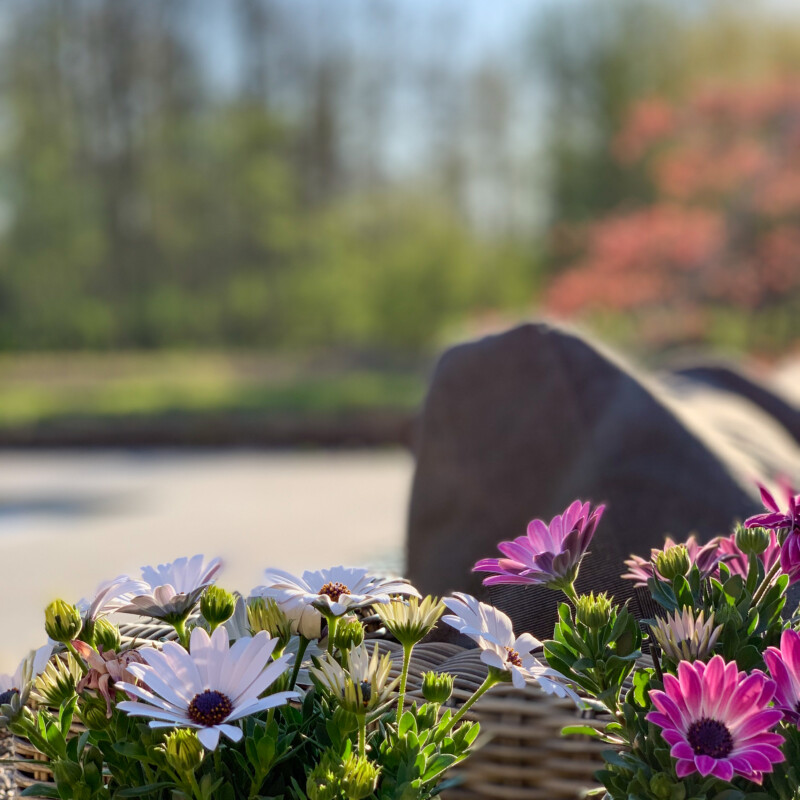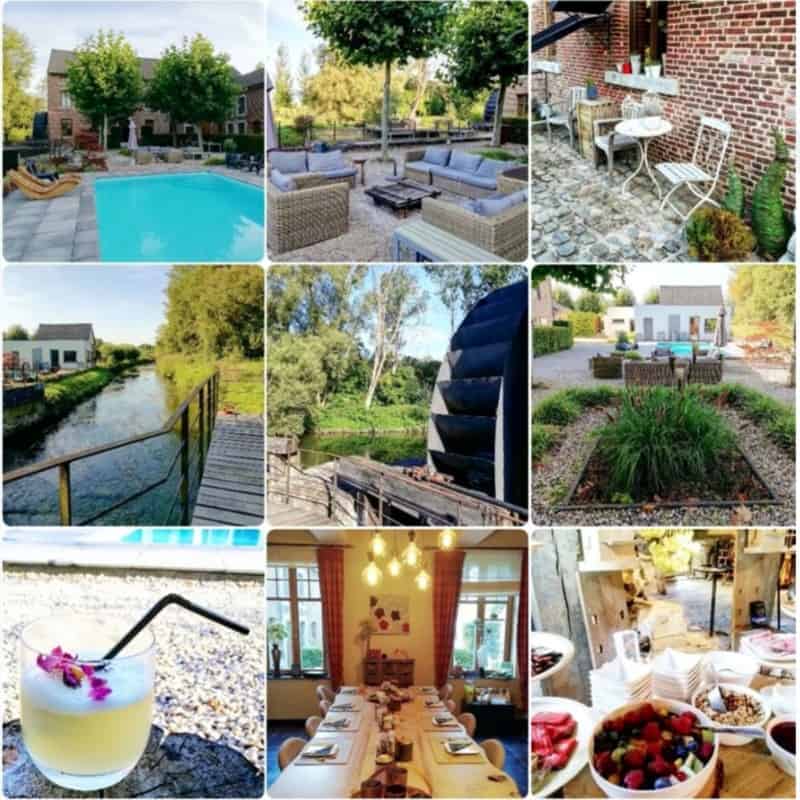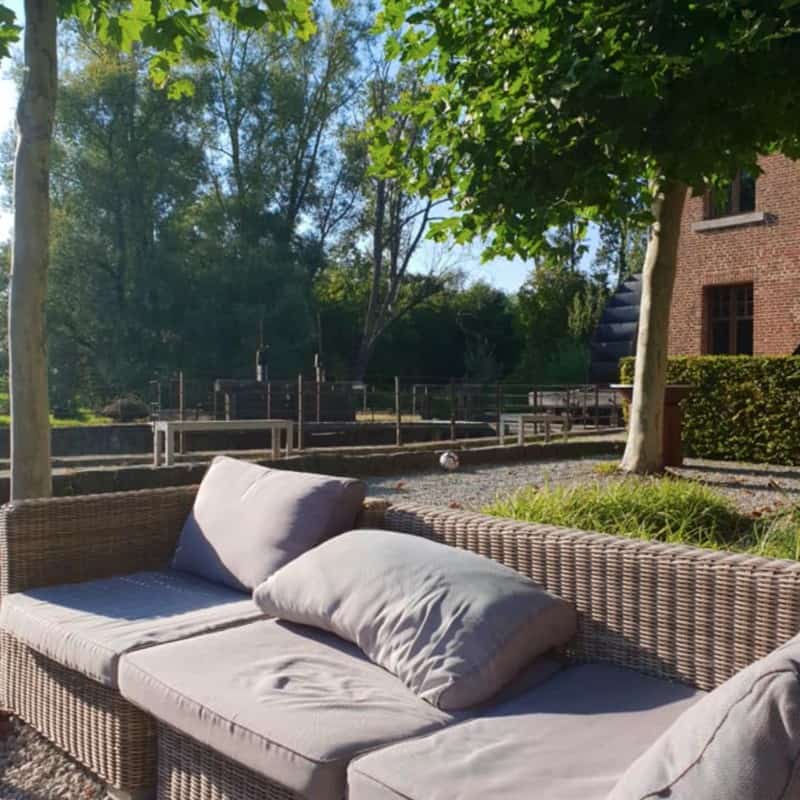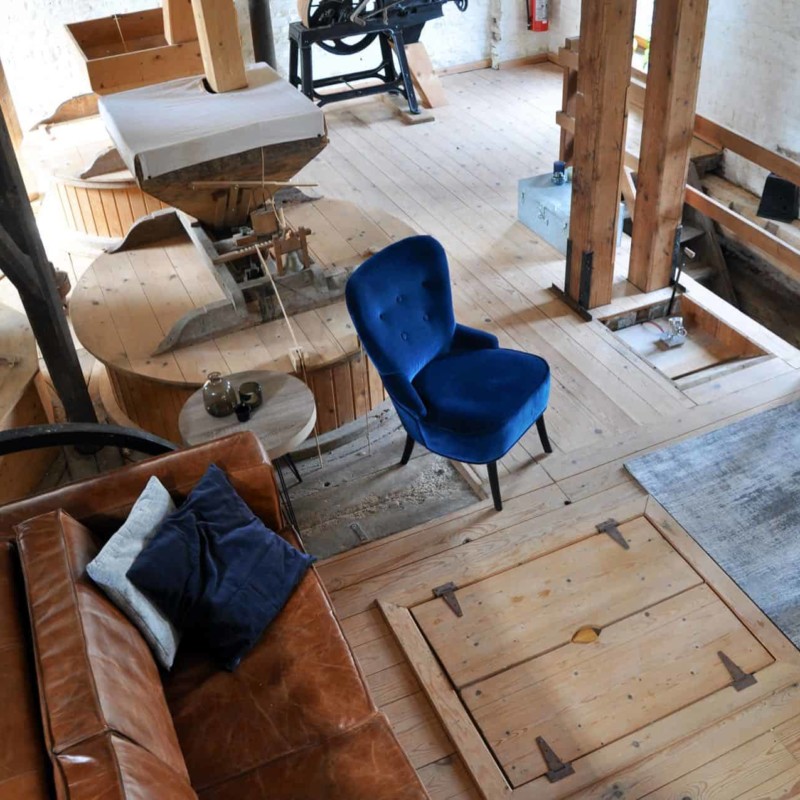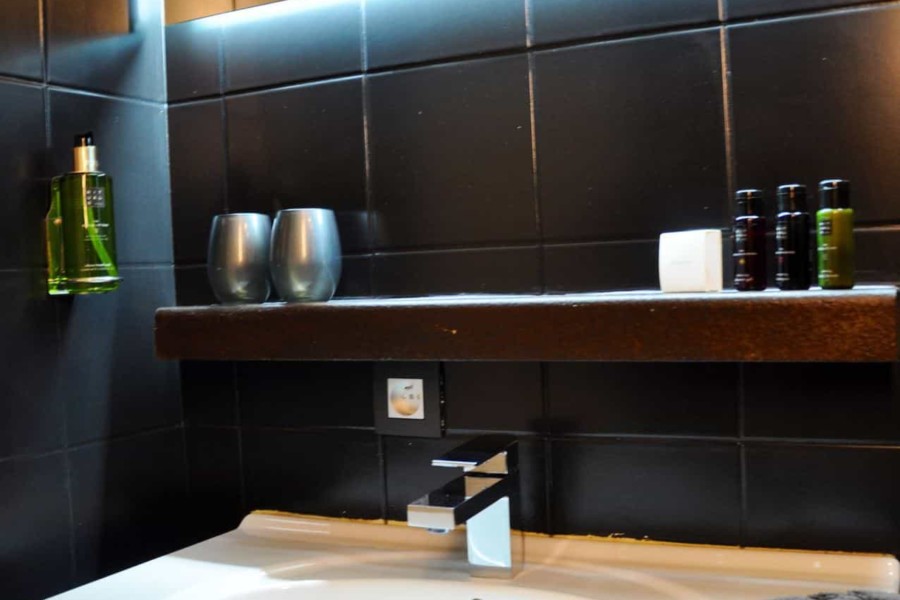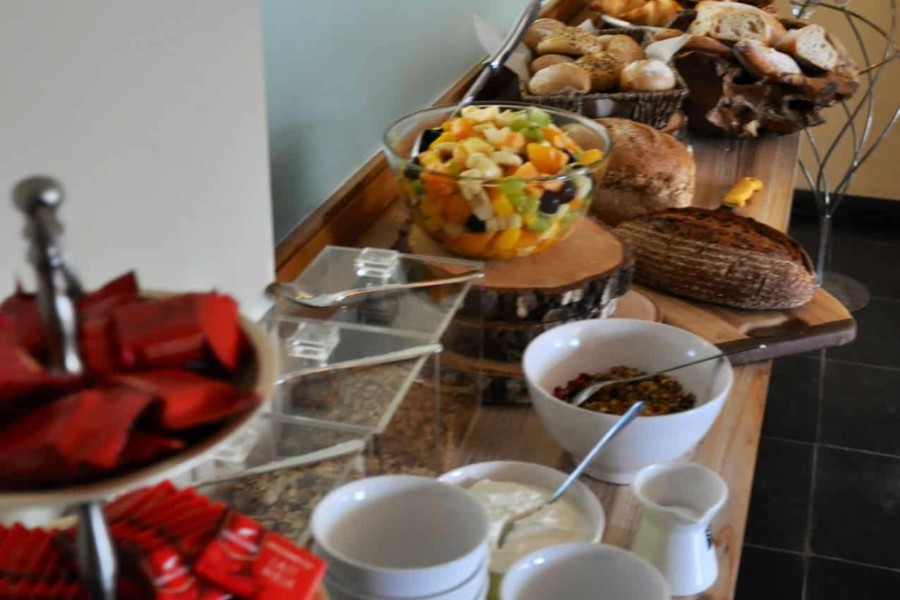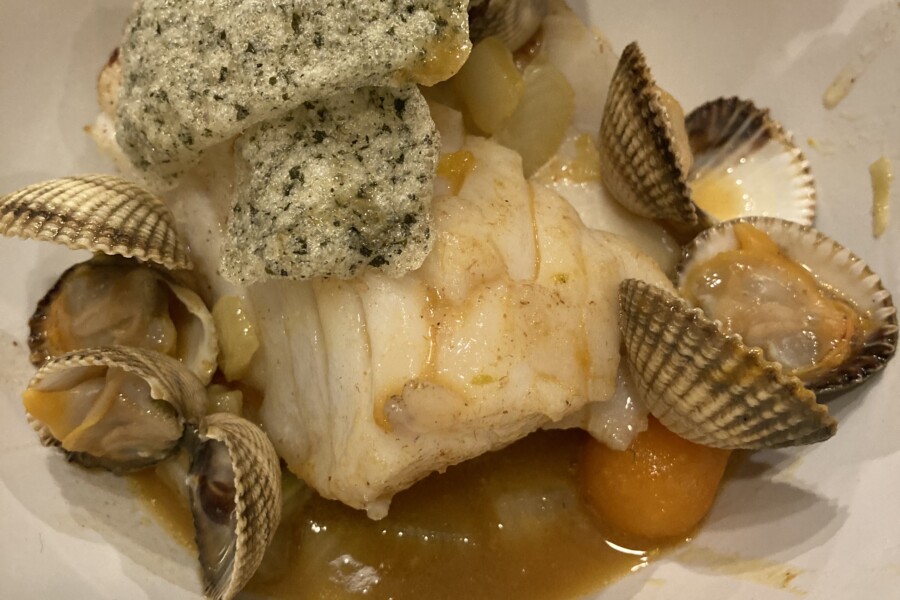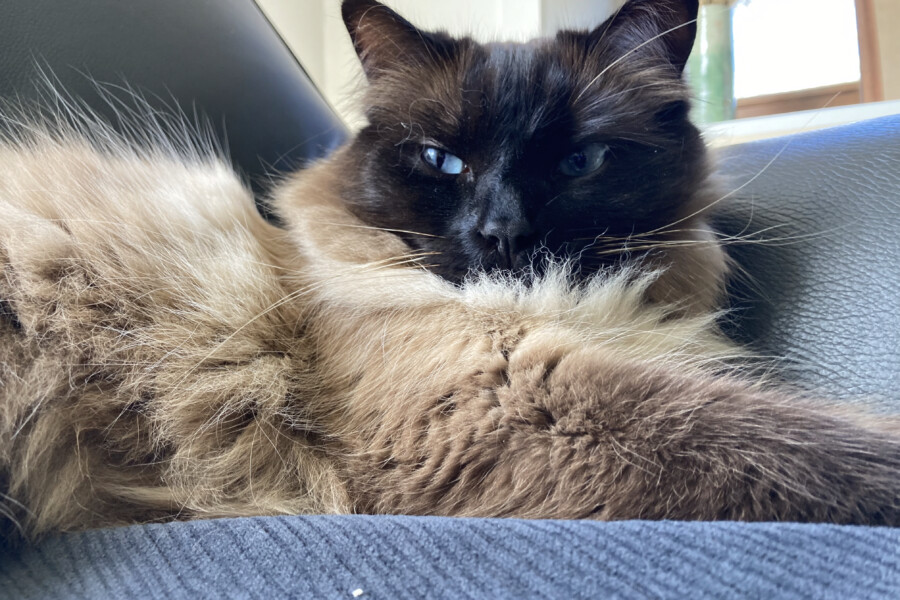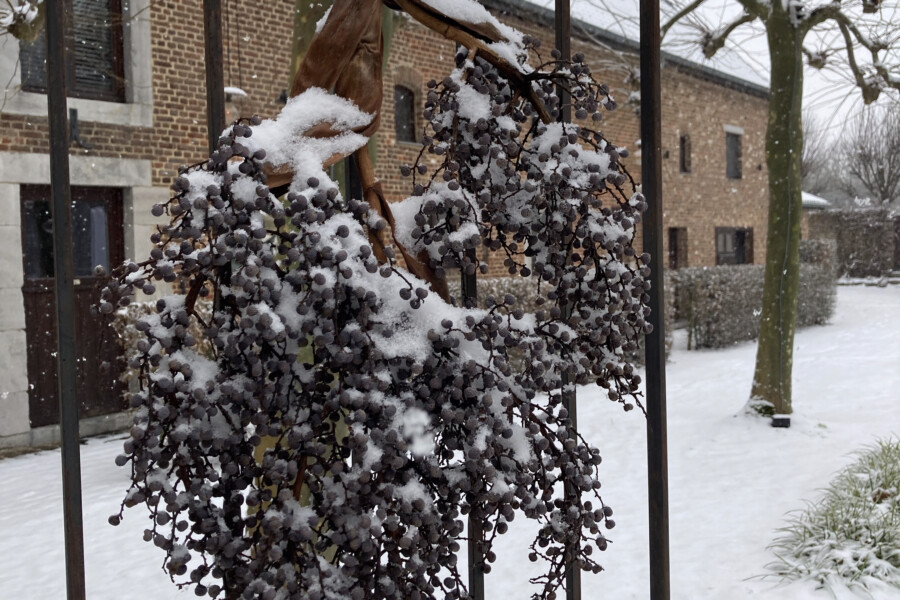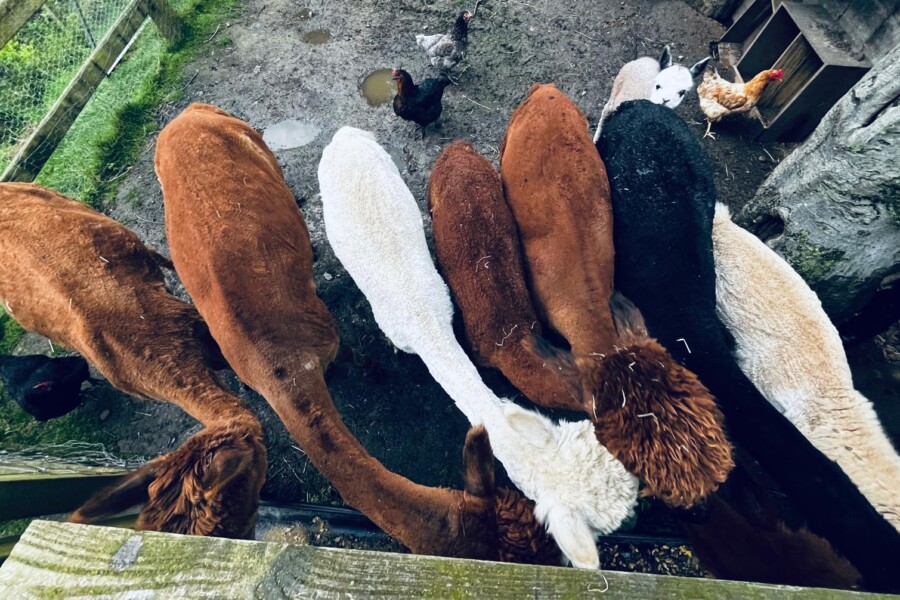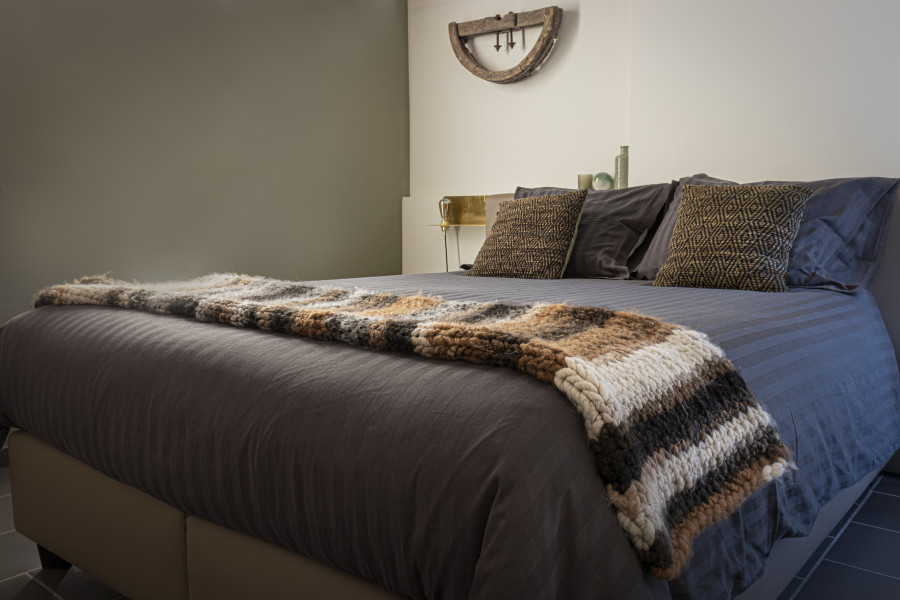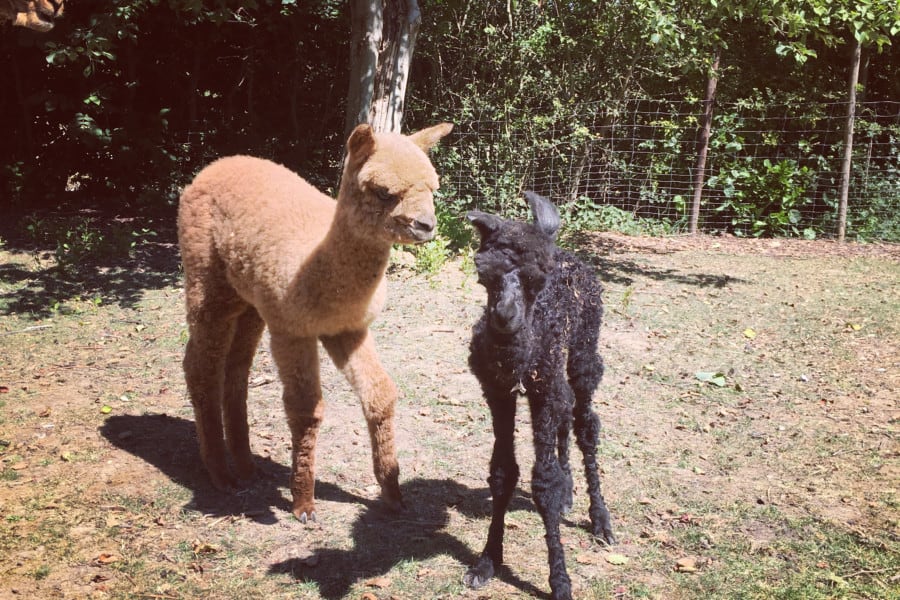The History of the Ruttermill
"Where's Ruttermolen?" Rutten (Tongeren) plays poker with Lauw and... wins a mill.
Every Lauwenaar must have wondered why the border of Lauw stops at the Daalmolen and not a bit further at the Hoeise Kassei. That would have been more plausible geologically speaking and it used to be.
At that time, however, Rutten's captains needed a mill, a banal mill where the farmers could have their grain ground. In this way, Rutten's captains could also insure themselves an extra income.
Very quickly they found a suitable place on the other side of the old Roman Heirbaan, on the territory of Lauw.
This of course gave rise to fierce discussion: those of Lauw claimed that these people belonged to Lauw and those of Rutten were, of necessity, of a different opinion.
Both mayors claimed that the disputed land was their territory, so the judge decided to investigate the case on the spot.
Once there, the curse continued and no solution could be found. The judge then decided to demand the two mayors to "take the oath of truth". This was an oath that was often claimed in the Middle Ages and where the sworn fact was assumed to be true. The disadvantage was that when it turned out later that people had lied, they also lost their lives. That is why people did not like to take this oath after all.
Those of Lauw knew that somewhere there was a document on which the boundaries were clearly marked. If they could find it, the matter was solved. The document was not found and so on that day the mayors and the whole population of both villages stood at the spot where the mill was going to be.
The judge asked harshly: "Who dares take the oath of truth?"
Immediately the mayor of Rutten stepped forward and said "I swear by my creator, who is here with me, that I am on the grounds of Rutten".
The mayor of Lauw did not dare to swear the same, thinking that those of Rutten did have proof that the border of Rutten came to that. Beteuterd dropped those of Lauw.
Immediately work started and the mill was built, but Lauw's went in search of the document in question and ... they found it too.
Immediately they went to the government, who of course called the mayor of Rutten on the mat because of his perjury and to make him a cup smaller, but he remained silent, saying "I did not commit perjury, I swore by my creator who was with me (he wore a hat under which he had hidden a spoon (creator)) and in my clogs I had put some soil of Rutten, so I stood on the soil of Rutten".
The judge thought it was such a wonderful explanation that he decided not to revoke his decision. The mill stayed with Rutten, which is why that piece of land of Lauw now belongs to Rutten.
The Ruttermolen is a watermill on the Jeker and was first mentioned in 1360. The mill was then owned by Mr. Van Hamal. The village at that time bore the name of this family (related to the Willem De Rijke family).
From 1549 to 1577 he is called the mulder (mill) of Soest near Rutten and belonged to the lord of this village. In 1599 he was Renaat van Châlon, Count of Nassau. He was a member of the House of Orange. The then mulder (miller) was called Andreas Engelborghs, whose descendants have leased this mill for centuries.
In 1749, the mill was partially destroyed during the battle of Lafelt.
The inside and the mill equipment were thoroughly overhauled afterwards. In 1846, for example, the Ruttermolen was the first to be given permission to install a turbine. However, this experiment was disappointing and after a while the original metal bearing wheel was put back into use. This bearing wheel dates from the beginning of the 20th century. At full capacity, 1000 kg of grain per hour can be milled!
Around 1967 the Ruttermolen was shut down. In the years 1968-1980, due to the planned straightening of the Jeker, the mill threatened to become completely dry and demolition plans were already in place. Since 11 April 1984 the Ruttermolen has been a protected monument which saved the mill from destruction.
In 1995 to 1998 the mill was milled, and since 2002 you can stay there in the beautiful outbuildings. The previous owners family Vanherf-Racquet were the executors of these works.
Today you can spend the night in a soft bed and enjoy a nice dinner in the beautiful outbuildings of the mill. Serge and Marica will spoil you in this unique setting.
Eventually this mill has survived 2 world wars and several generations.


